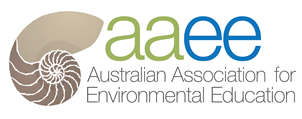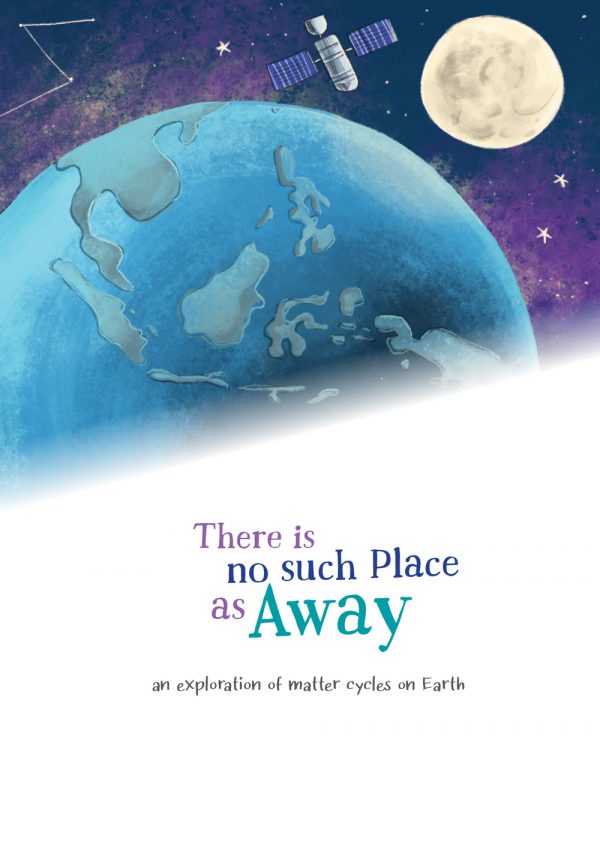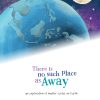Description
‘There is No Such Place as Away’ provides an introduction and springboard for further investigation into the scientific concept of ‘matter’ and the ecological pattern and principle of matter cycles on Earth.
Matter is the ‘stuff’ of our lives, the food we eat, the air we breathe, the clothes we wear, the houses we live in.
Matter cycles refers to the scientific understanding that all of these things - all the physical aspects and all of Earth’s systems, whether living or nonliving, constantly have matter cycling and flowing through them. This matter is cycling within and around Earth’s system. Earth’s system can be considered materially closed, so we use this simple phrase to explore different forms of matter - or ‘things’.
On Earth, things can move and things can change but things don’t go away. The ‘things’ could be water (through the hydrosphere), rocks (through the geosphere), air (through the atmosphere) or living organisms (through the biosphere). The atoms that form and flow through all organisms, objects and substances on Earth move and change but are not consumed or depleted. Atoms don’t go away - hence the title of the book - ‘There is No Such Place as Away’.
This book poses the question ‘Did it go away.’ Within the illustrations, readers can find answers or inspirations for further investigation. Conversations will guide the directions taken to explore the different matter cycles on Earth and their part in these cycles. Bringing together matter cycles and life cycle thinking approaches to products and materials, the aim is to create a habit of mind that questions what things are made from and how, and traces where they are coming from and are going to.
‘There is No Such Place as Away’ has direct links to the Australian Curriculum and provides the potential to contribute to a profound and necessary cultural shift to circular economies, life cycle and living systems thinking. This is done through:
- Encouraging questioning, scientific inquiry and providing an understanding of matter with the skills to identify, describe and trace where it’s coming from and going to, and the impacts it may have along the way.
- Developing general capabilities of critical and creative thinking and a habit of mind that searches for and makes connections.
- Generating discussions around the processes that sustain life, through to the ethics of material use in society.
- Developing an understanding as well as a sense of self in relation to broader and nested systems of society and the Earth.
- Empowering children to become proactive citizens by better understanding the things they use and develop the personal and social capacity to make informed decisions, and accept the rights and responsibilities that come with that.
Just $12 (instant PDF download upon payment via PayPal). Please note that payments will be made to the Australian Association for Environmental Education.


